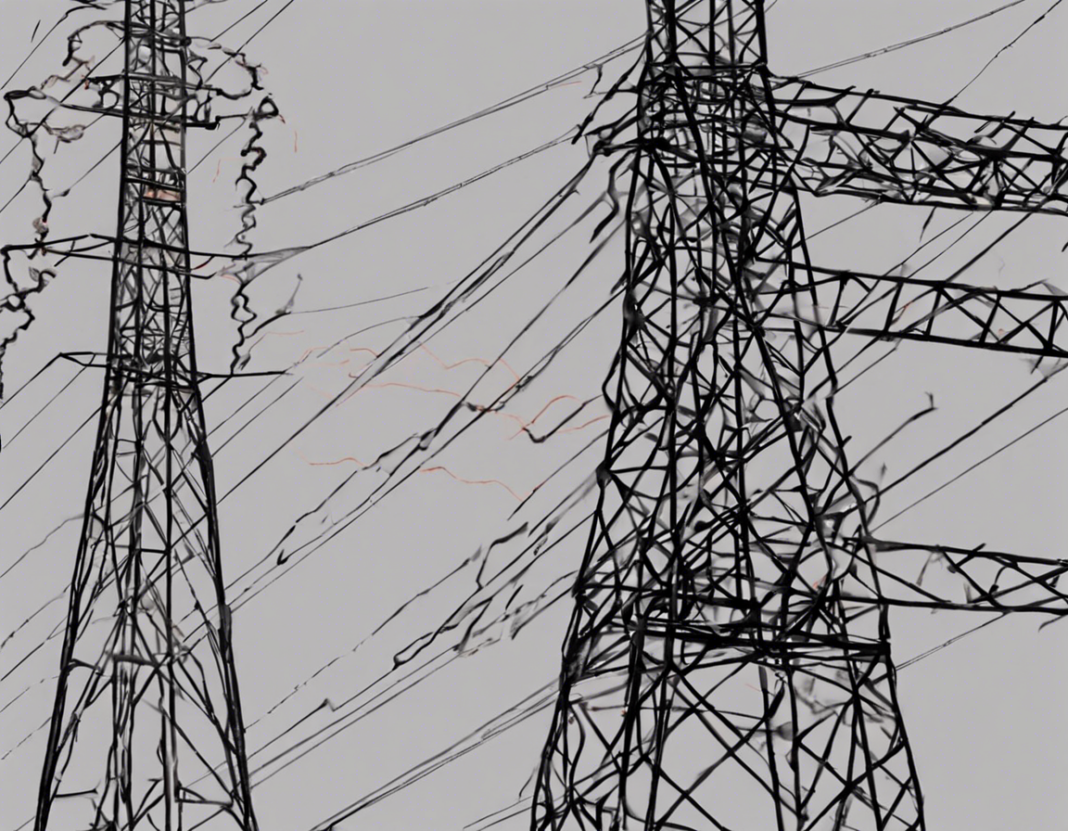Graphite, a crystalline form of carbon, is well-known for its versatility and applications in various fields. While it is commonly recognized for its use in pencils, the electrical properties of this remarkable material have gained traction in recent years. In this blog post, we delve into the conductive charisma of graphite and explore its electrical prowess.
Understanding Graphite’s Structure
Graphite has a unique layered structure that contributes to its electrically conductive properties. The carbon atoms in graphite are arranged in layers, with each layer consisting of a hexagonal lattice. These layers are stacked on top of each other and held together by weak van der Waals forces. The delocalized π-electrons in graphite allow for easy movement of charge carriers, making it an excellent conductor of electricity.
Electrical Conductivity of Graphite
Graphite is classified as a semimetal due to its ability to conduct electricity. Unlike insulators that inhibit the flow of electrons and conductors that facilitate electron movement, semimetals like graphite possess unique electrical properties. When a voltage is applied across a graphite conductor, the electrons are able to move through the layers of the material, resulting in an electric current.
Applications of Graphite in Electrical Systems
-
Batteries: Graphite is widely used as an anode material in lithium-ion batteries due to its ability to store and release electrical energy efficiently. The layered structure of graphite allows for the intercalation of lithium ions, enabling the battery to function effectively.
-
Electrodes: Graphite electrodes are utilized in various industries for processes such as electroplating, electrolysis, and electric arc furnaces. The conductive nature of graphite makes it an ideal choice for applications that require high-temperature resistance and electrical conductivity.
-
Conductive Inks: Graphite-based inks are used in printed electronics for flexible circuits, RFID antennas, and touchscreens. The high conductivity of graphite enables the printing of intricate circuit designs on a variety of substrates.
-
High-temperature Applications: Graphite is also employed in high-temperature applications such as heating elements in furnaces and aerospace components. Its thermal stability and electrical conductivity make it indispensable in environments where extreme conditions are a factor.
Graphite vs. Graphene: A Brief Comparison
While graphite and graphene are both forms of carbon, they exhibit distinct differences in terms of structure and properties. Graphite consists of stacked layers of graphene, with each layer being one atom thick. Graphene, on the other hand, is a single layer of carbon atoms arranged in a hexagonal lattice.
Graphene possesses exceptional electrical conductivity due to its two-dimensional structure, making it a promising material for various nanoelectronic applications. Despite graphene’s superior conductivity compared to graphite, the latter remains a more practical choice for certain bulk-scale applications due to its cost-effectiveness and ease of production.
Enhancing Graphite’s Electrical Conductivity
-
Doping: The electrical conductivity of graphite can be enhanced through a process known as doping, where foreign atoms or molecules are introduced into the material to modify its electrical properties. Common dopants for graphite include sulfur, nitrogen, and metals such as iron and lithium.
-
Graphite Oxidation: By subjecting graphite to oxidation, the material can be transformed into graphite oxide or graphene oxide, which exhibit improved electrical conductivity compared to pristine graphite. Graphene oxide, in particular, has garnered attention for its potential in supercapacitors and biosensors.
-
Graphite Composite Materials: Incorporating graphite into composite materials can further enhance its electrical conductivity while maintaining other desirable properties such as mechanical strength and chemical stability. Graphite composites find applications in industries ranging from automotive to aerospace.
Frequently Asked Questions (FAQs)
-
Is graphite an insulator or a conductor?
Graphite is a conductor of electricity due to its layered structure and delocalized π-electrons. -
How does graphite compare to other conductive materials like copper?
Graphite exhibits lower electrical conductivity than materials like copper but offers advantages in terms of corrosion resistance and lightweight properties. -
Can graphite be used in high-temperature applications?
Yes, graphite is suitable for high-temperature environments due to its thermal stability and ability to maintain electrical conductivity at elevated temperatures. -
What is the difference between natural and synthetic graphite?
Natural graphite is mined from deposits in the earth, while synthetic graphite is produced through processes like graphitization of carbon precursors. -
How is graphite used in the automotive industry?
Graphite finds applications in lithium-ion batteries for electric vehicles, as well as in engine components and gaskets due to its lubricating properties.
In conclusion, the electrical prowess of graphite makes it a valuable material in various industries and applications. From batteries to high-temperature systems, the conductive charisma of graphite continues to drive innovation and technological advancements. By exploring the unique properties of graphite and its applications in electrical systems, we can appreciate the pivotal role this versatile material plays in shaping our modern world.
